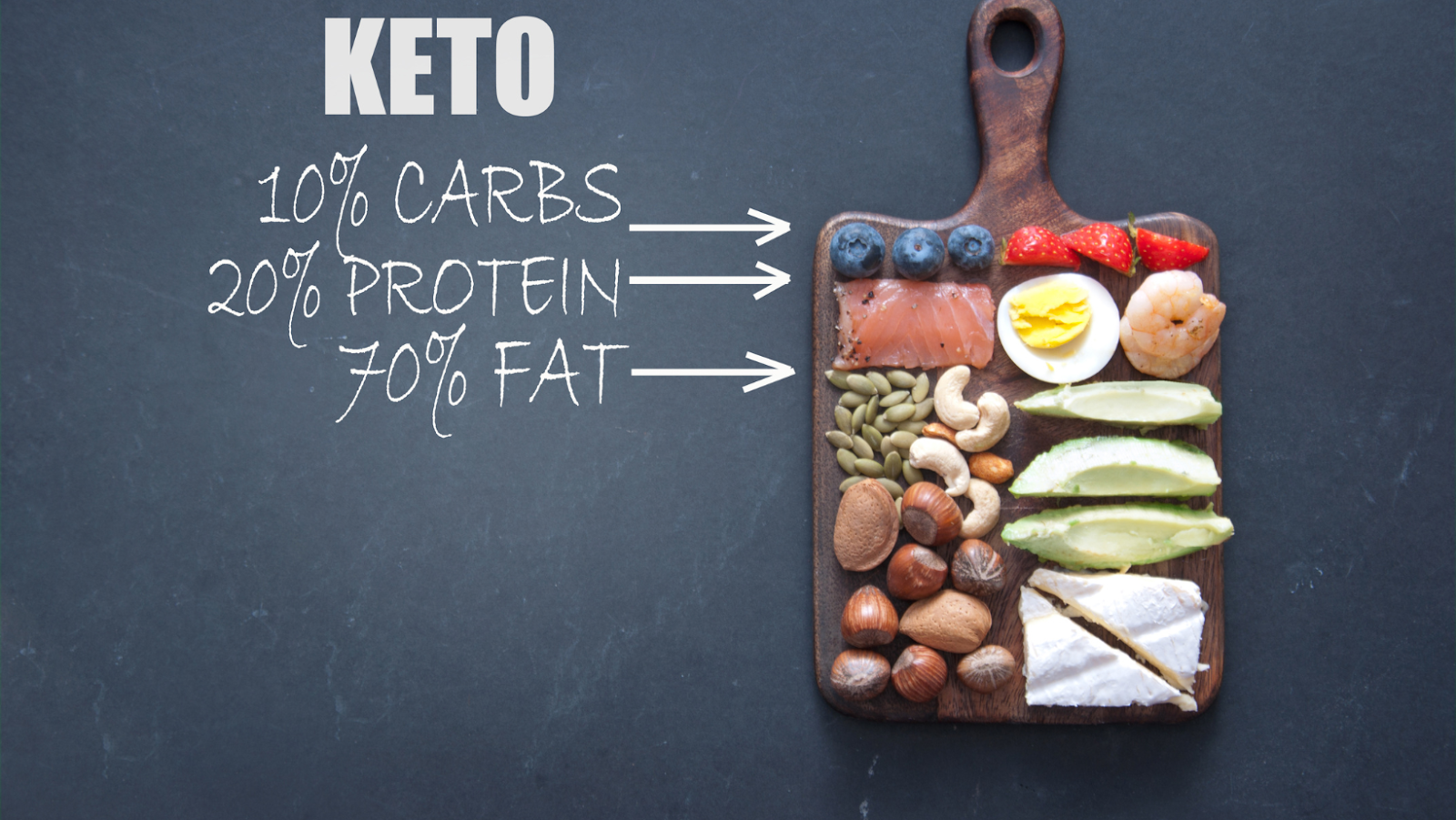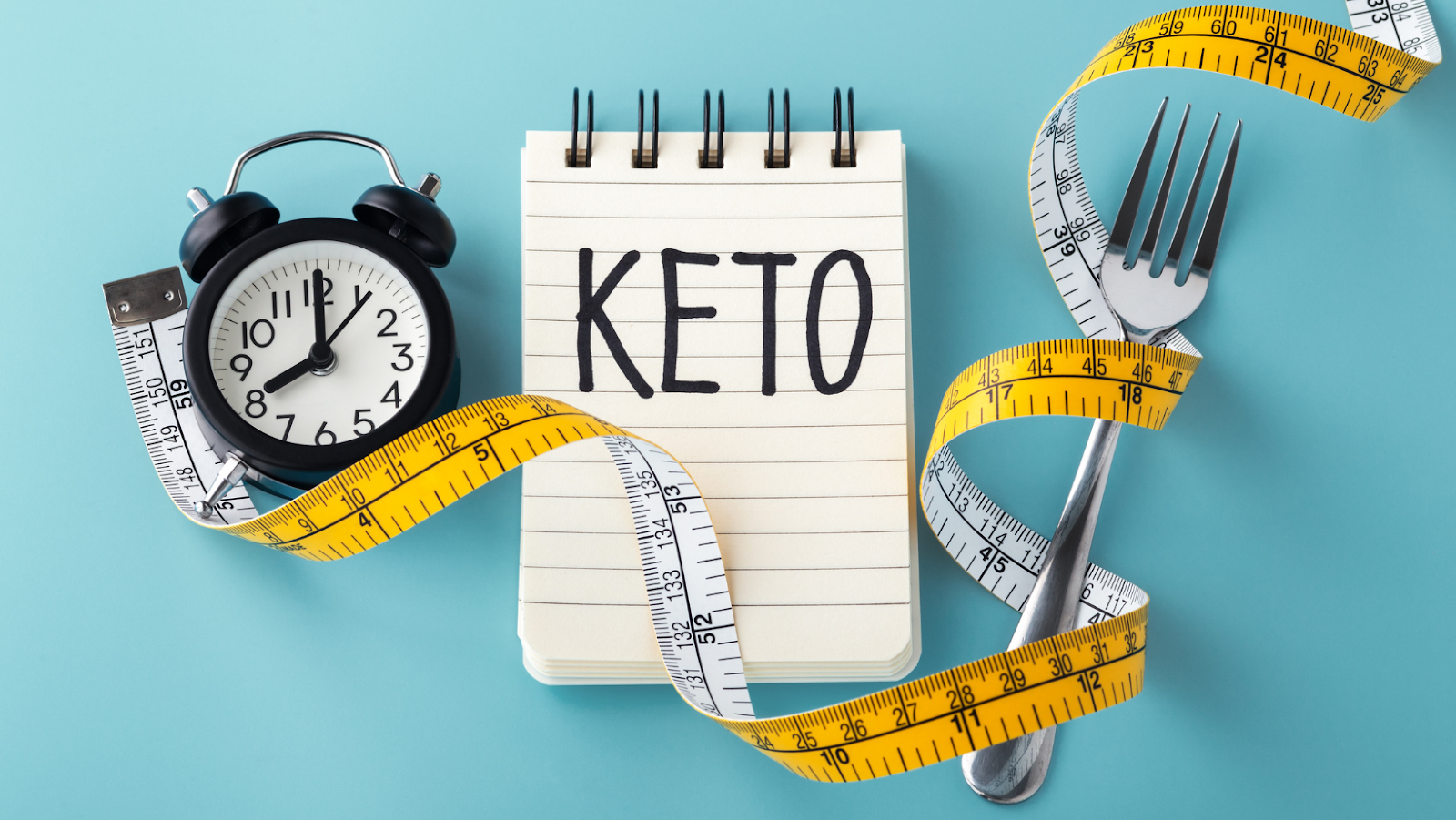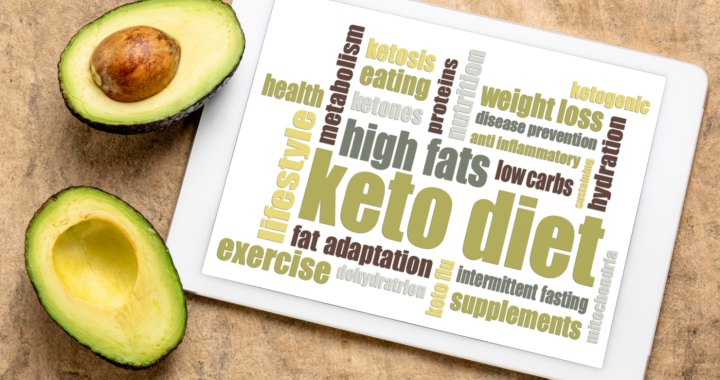Stop Craving With A Ketogenic Diet

If you’re like most people, you’re probably always on the lookout for the next best diet. But let’s face it, most diets are a load of crap. The ketogenic diet, however, is different. This way of eating has been shown to help people lose weight and keep it off for good.
What is a ketogenic diet?
A ketogenic diet is a very low-carbohydrate, moderate protein and high-fat diet. It involves drastic reduction in carbohydrate intake and replacing it with fat. The reduction in carbs puts your body into a metabolic state called ketosis, where fat, from your diet and from your body, is burned for energy.
The goals of a ketogenic diet are to:
-Reduce body fat percentage
– Achieve or maintain a healthy weight
-Improve insulin sensitivity
-Increase energy levels
– Improve cognitive function
How can a ketogenic diet help me stop craving?
When you feel a craving coming on, ask yourself two questions: “Am I really hungry?” and “What am I really craving?” Once you know the answers to those questions, you can decide how to proceed.
If you are truly hungry, then eating is the best solution. But if you’re not really hungry, then chances are your body is just craving something it needs. And that’s where a ketogenic diet comes in.
A ketogenic diet can help to curtail cravings because it stabilizes blood sugar levels and promotes satiety. When you feel satisfied after eating, you are less likely to experience cravings. And when blood sugar levels are stable, your body is less likely to signal that it needs more food.
How do I start a ketogenic diet?
If you think you may benefit from a ketogenic diet, the first step is to discuss it with your doctor or another healthcare professional. They can help you determine if it’s the right choice for you and provide guidance on how to start.
The ketogenic diet is a high-fat, low-carbohydrate diet that can help some people lose weight more quickly than a traditional low-fat diet. It is also known as a keto diet or low-carb diet.
There are several ways to do a ketogenic diet, but all involve reducing your carbohydrate intake to encourage your body to burn fat for energy instead of carbs.
A typical ketogenic diet involves eating plenty of fatty meats, eggs, healthy oils, non-starchy vegetables, and some nuts and seeds. You’ll also need to limit your carb intake to around 50 grams per day (or less), which typically means avoiding sugary foods, starchy vegetables like potatoes and rice, breads, pasta, fruits, and other grains.
Some people choose to do a cyclical ketogenic diet, which means they follow a strict ketogenic diet for several weeks or months and then eat more carbs for a few days or weeks before going back into ketosis. This can help prevent weight gain after you finish the diet and make it easier to maintain your weight loss over time.
What can I eat on a ketogenic diet?
There are so many delicious foods that you can eat on a ketogenic diet. Here are some of the most popular options:
-Seafood: Fish and shellfish are very keto-friendly. Salmon, tuna, trout, herring, and halibut are just a few options that are high in fat and low in carbs.
-Meat: Beef, pork, lamb, chicken, and turkey are all keto-friendly. Choose grass-fed and pasture-raised options whenever possible.
-Eggs: Whole eggs with the yolk are keto staples. The yolk is full of nutrients like vitamin A, D, and choline. It also contains fat-soluble vitamins that are difficult to get from other sources.
-Low-carb vegetables: Broccoli, cauliflower, zucchini, spinach, kale, arugula, and other leafy greens are all great options for the keto diet. You can also enjoy cruciferous vegetables like Brussels sprouts, radishes, and turnips.
-Nuts and seeds: Almonds, walnuts, sunflower seeds, pumpkin seeds,, flaxseeds,, and chia seeds are all great sources of healthy fats on a ketogenic diet.
-Avocados: Avocados are packed with healthy fats and make a great addition to any meal or snack.
-Oils and fat: Coconut oil,, olive oil,, avocado oil,, butter,, ghee,, and tallow are all excellent sources of healthy fats for the keto diet.
What are the benefits of a ketogenic diet?
There are numerous reasons why people might want to try a ketogenic diet. For some, it could be a way to lose weight, as cutting carbs can lead to reductions in calorie intake. Others may do it for the potential health benefits, such as improved mental clarity and concentration, or reduced inflammation.
There is also some evidence to suggest that a ketogenic diet could help with conditions like epilepsy or Alzheimer’s disease. However, more research is needed in this area before any firm conclusions can be made.
If you’re thinking of trying a ketogenic diet, it’s important to consult with your doctor first, as there are some potential risks involved. These include fatigue, constipation and increased bad cholesterol levels.
What are the risks of a ketogenic diet?
The ketogenic diet is a high-fat, adequate-protein, low-carbohydrate diet that in medicine is used primarily to treat difficult-to-control (refractory) epilepsy in children. The diet forces the body to burn fats rather than carbohydrates. Normally, the carbohydrates contained in food are converted into glucose, which is then transported around the body and is particularly important in fueling brain function. However, if little carbohydrate remains in the diet, the liver converts fat into fatty acids and ketone bodies. The ketone bodies pass into the brain and replace glucose as an energy source. An elevated level of ketone bodies in the blood, a state known as ketosis, leads to a reduction in the frequency of epileptic seizures.[1] Almost half of children and young people with epilepsy who have tried some form of this diet saw the number of seizures drop by at least half, and the effect persists even after discontinuing the diet.[2] Some evidence indicates that adults with epilepsy may benefit from the diet, and that a less strict regimen, such as a modified Atkins diet, is similarly effective.[1] Potential side effects may include constipation, high cholesterol, growth slowing, acidosis, and kidney stones.[3]
A variant of the classic diet known as the MCT ketogenic diet uses a form of coconut oil, which is rich in MCTs (medium chain triglycerides), to provide around half the calories. As less overall fat is needed in this variant of the diet
Keto burn am shark tank
Keto Burn AM is a supplement that was featured on Shark Tank and it’s designed to help you burn fat while you sleep. All you have to do is take it before bed and let it work its magic.
If you’re looking for a gentle way to start the keto diet, or if you’re just looking for an easy way to boost your fat-burning efforts, Keto Burn AM is worth a try.

 Fad Diets and Long-Term Solutions: A History of Dieting Trends
Fad Diets and Long-Term Solutions: A History of Dieting Trends  5 Weight Loss Myths
5 Weight Loss Myths  The Secret to Getting More Energy and Endurance When you are on a Keto Diet
The Secret to Getting More Energy and Endurance When you are on a Keto Diet  The Ultimate Guide to Keto Carrots
The Ultimate Guide to Keto Carrots  The Easiest Way to Know If an Item is Keto Without Breaking the Bank
The Easiest Way to Know If an Item is Keto Without Breaking the Bank  The benefits of drinking wine
The benefits of drinking wine